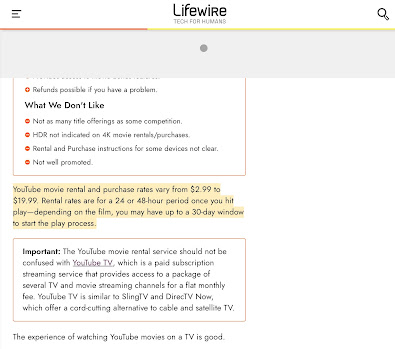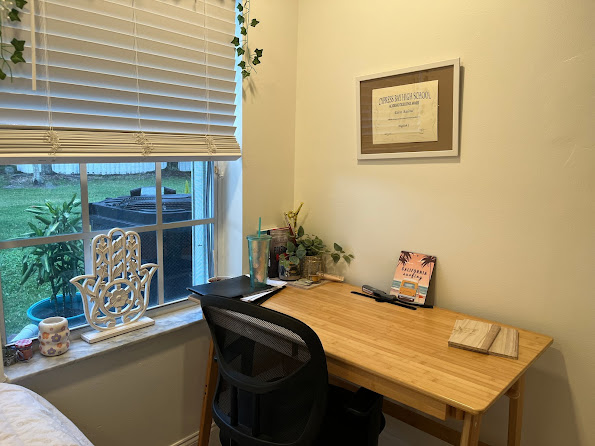Chapter 20
Today I will be answering the remainder of the questions for the CCR, these questions will be integrated into a Canva presentation as my second media format with the exception of the second question. Please note I will be using information derived from previous blog posts, as most of them have already addressed these questions.
How did you integrate technologies – software, hardware and online – in this project?
Discuss the technologies used within production—apps, devices, tripods—and how they were used and contributed to the development of the theme. End with conclusion of what I learned and how to apply it to improve for the next time.
In working on my project, I made sure to take full advantage of technology by using online sources for research. I spent a lot of time browsing the internet, checking out different websites to gather all the information and ideas I needed. Whether it was reading articles or watching educational videos, I found a ton of useful data online. This was beneficial as the internet is constantly changing and I had access to the latest updates and different perspectives within my genre. Additionally, I could find videos and pictures to help me understand things better which I integrated within my blog posts. Using online sources not only made my research easier but also helped me get inspiration for my film.
iPhone 13 (hardware)
The camera I used to capture the shots was the iPhone 13. I used the tool bar to adjust exposure when needed as my film is lit quite dimly, this allowed me to enhance the visibility of certain shots.
[Click the image to purchase]
Phone stand (hardware)
I utilized phone stands similar to this one that I had around my house. I used them for shots where I wanted stability and a steady look, without distracting from the action within the frame.
[Click the image to purchase]
For many shots, I needed higher or eye-level angles, which I achieved by stacking books and items (empty trash bin) on top of each other and then placing the phone on the top. This method allowed me to adjust each angle and shot precisely as I wanted, as holding up a phone steady for long periods can be challenging.
CapCut an app I downloaded, served as my primary editing software. I used several options from its toolbar, including sounds for stings (leitmotif), background music, and diegetic sound. Additionally, I utilized text for credits and the overlay effect to create the impression of a house camera's POV.
I’ve decided to include the following question within the GRWM.
How would it be distributed as a real media text?
Introduce the target audience and how they are chosen, acquired, and maintained by engagement through techniques such as editing and mise-en-scene choice. Then talk about realistic methods of distribution—a small film company typically wouldn’t be distributed through a large distribution company. Streaming services such as YouTube would suffice.
‘Inescapable’’s target audience are between the ages of eighteen and sixty five and over, with no specific gender caps. The thriller opening captivates its audience by creating suspenseful scenes with fast paced cuts and stings, these editing techniques allow the audience to feel engaged as if they were feeling as tense as the protagonist shown on screen. Additionally, the mise-en-scene choices develop the story, specifically the props. The wig suggests a disguise, while the suitcase the protagonist leaves with implicates she is going away for some time or in other words fleeing.
Considering this information, I would distribute through YouTube a platform accessible to everyone with a digital device. The streaming service also allows for movie distribution with optional to seller applicable additional fees, often between the range of $2.99 to $19.99, according to Lifewire’s “How to Rent or Buy Movies on YouTube”. Depending on where one is situated the price can seem more or less expensive, however seeing YouTube is a worldwide distributor, according to YouTube's terms of service, that likely would not be an issue seeing the audience is so wide. Just for reference, if 0.1 percent of the population purchased this film that would be approx. 7,951,000 people since the population size is 7.951 billion and continues to grow everyday. If the film ‘Inescapable’ were to be priced at the minimum price of YouTube movies that are distributed, which is $2.99, the film would make roughly $23,769,490.

Open with link or click image: https://www.youtube.com/static?template=terms&noapp=1#:~:text=The%20Service%20allows%20you%20to,and%20advertisers%20large%20and%20small.
How did your production skills develop throughout this project?
Describe how the beginning of the project was—research, planning, and storyboarding. Discuss changes to the project and why, for example, cutting sections because of time issues. End with a comparison of where I started, finished, and how far I’ve come.
Throughout the school year, I've had the opportunity to complete several media related projects assigned by Mrs. Stoklosa, my media studies teacher. Among these is the sound project which challenged me to create a two-minute scenario reliant solely on audio for comprehension. This project helped me developed essential skills in layering and editing sound, crucial elements in the production of a thriller. Whether it was the subtle footsteps or the tense stings, mastering these techniques enhanced the outcome of my film opening.
For instance, during the sound project, I learned about layering of sounds, creating a realistic soundscape, utilizing environmental noises and diegetic sound. Moreover, with this knowledge in hand I was able to gain knowledge in how to synchronizing sound in the future with on-screen visuals, a skill applicable across various film productions.
Another valuable assignment was working with research charts. These charts serve as our primary source of information for media context essays, requiring thorough research skills. This process not only served as a learning experience but also highlighted the importance of meticulous research prior to essay composition.
While these assignments didn't necessarily create a fully ready media product, they were components of a successful project execution. Through these experiences, I've enhanced my proficiency in media production elements and effectively applied them to project creation, resulting in more favorable results.
A struggle I faced throughout this project was time management. From the beginning, I realized I had overdone the storyboard; originally, I intended to show the protagonist leaving her house and entering a car where another scene would take place, however, this exceeded the time given frame. Additionally, incorporating multiple angles within a single scene presented a significant challenge in staying within the time limit. While these diverse shots added depth to the scene, they also complicated the pacing. Ultimately, I had to make tough decisions and trim certain angles to ensure that other elements wouldn’t be obstructed. This highlighted the importance of effective time management and prioritization in the production process.
Reflecting on the various media projects completed this school year, I'm amazed at how much I've learned and grown. From developing audio storytelling skills to improving my research abilities, each project presented its own set of challenges and lessons. Overcoming obstacles like time constraints has taught me the importance of effective planning and prioritization. As I look forward, I feel more confident and prepared to tackle future projects within the media sphere.




































